- The University , Research
- 14/10/2020
DDW marches on: but in virtual style
It will be entirely different, this year's Dutch Design Week (October 17 through 25); with stricter corona measures now in force it cannot be held live, only online. This applies equally to all the TU/e contributions to DDW. They had to be converted into an appealing activity online in the shortest of time. Thus, hosts will take visitors on a virtual tour taking in the 45 projects on a specially built TU/e platform. “It really will be a personal online experience. I hope that afterwards people are saying, ‘I didn't know all this was possible.’”
Yes, it was a shock when Eindhoven city council decided some two weeks before the start of Dutch Design Week that it could not take place physically due to the stricter corona measures. And this despite all the trouble that had been taken to create a corona-proof version of the number one event in the design calendar - with more than 2,600 designers and over 355,000 visitors from home and abroad.
“But we knew at once: we'll have to change gear double-quick and go online,” says Lucas Asselbergs, the project leader representing TU/e at DDW. “You'll be seated at your computer, but you'll be at DDW nonetheless!” For the exhibitors, the DDW organizers have created a digital exhibition hall of sorts, with space for ten projects. “But we have more than forty projects,” says project coordinator Jeanette Schoumacher.
Which meant that the TU/e DDW team had their work cut out for them, massaging the two big TU/e contributions to DDW into online versions. These are the Drivers of Change exhibit and the 4TU exhibit entitled Design United. “We were keen to leave the core values of Drivers of Change intact,” says Asselbergs. “This means offering 'live-like' moments as well as contact with the designers, since our visitors always rate these elements highly,” he knows from previous years.
Thus, on five evenings ‘stories of change’ will be streamed, in which TU/e researchers explain what they are working on. The conversations will be streamed on campus from a graduation ceremony hall.
New platform
ID student Martijn Dekker is one of the five student assistants working day and night in the run-up to DDW. First, this involved securing projects for the TU/e exhibit Drivers of Change, and now it means getting everything online on an entirely new - and built by the five - platform.
“We are all studying ID, so at least we know how to go about solving problems like these,” says Dekker. “Our biggest question was how are we going to move the offline experience online, how will we reach people? In our experience, learning about technology and meeting our researchers are experiences that people find super cool. We had to equal that online. It really will be a personal online experience. I hope that afterward people are saying, ‘I didn't know all this was possible.’”
Live tours
The personal aspect is the common thread running through the online activities the university is offering during DDW. Think of personalized virtual tours with hosts - TU/e students who were hired originally to lead physical tours during DDW - who ‘walk’ visitors through the platform.
“We are still looking at whether we can give these tours a theme, such as health or sustainability,” says Dekker. A single individual may take a tour or, alternatively, several people at once. “People can state in advance how much time they want to spend.” There is also the chance to talk with the designers and researchers and to ask questions at Meet the Designers.
Candy store
Asselbergs stresses the importance of the TU/e contribution to DDW. “The week is about so much more than artistic graduation assignments. We are placing both technology and design in its applied form in the spotlight - solutions and add-ons for the life we will be living in the future. Let's not forget, this is part of the DNA of DDW. After all, DDW once started life at TU/e, as the Day - and later the Week - of Design.”
He stresses how proud he is that so many TU/e projects can be seen during the online DDW. “Hasn't our community done a wonderful job of creating all this? Despite all the extra work pressure that's been added in these times of corona. In spite of everything, TU/e is presenting a candy store where you can taste wildly different flavors and applications.”
Of course, everyone would prefer to visit DDW in person - to simply wander into a space and look, feel and be amazed - but online does have its advantages: you won't ever have to stand in line. “And, by opening our online window to its fullest extent, we may find ourselves appealing to other target groups,” Asselbergs concludes.
ddwtue.nl
Drivers of change: the online experience
Drivers of Change has four main themes, explored in 45 projects. In the menu below you'll find examples of projects per theme.
Health & Vitality | Calling from the womb
ID students Rooske van Loon and Marlou Monincx are presenting the Womb Phone, which parents and their prematurely born baby nestled in its artificial womb can use to communicate, and bond. A prospect for the future since the artificial womb is still in development.
As there can be no touching inside the artificial womb, sounds are used to develop the bond between the parents and child.
The Womb Phone consists of a suction cup and loud speaker that can be attached to the artificial womb. Via the Womb Phone app parents can contact their child from a distance, calling them up, looking at information, playing music or other recordings, listening to real-time sounds from the artificial womb. They can talk comfortingly to their baby. The premature baby will be able to hear these sounds via the Womb Phone in the hospital.
New Environments | Old buildings in a new coat
The (re)development of various buildings on our campus is one of the aspects of this project. Think of the expansion and facelift given to the Student Sports Centre, the remodeling of Laplace to create an education building for all the campus (see artist’s impressions), and the circular demolition of the Paviljoen, our first ever campus building.
Smart Tools | No more queue jumpers at the bar
FairQ by ID student Paul Roelen is a bar that visualizes the order of those standing in line at a bar, for both the guests and the bar staff. It makes pushing in a thing of the past. Imagine how that will improve the atmosphere!
By making the time spent waiting a positive and amusing experience, the visualization ensures that people are prepared to wait their turn. What's more, it helps them estimate how long they will need to wait.
Sustainable Future | Seaweed shoes: to wear and to eat
An exploration of the applications of seaweed as a biomaterial alternative to textile and leather-related products. This is Seaweed Matters by ID student Jing-cai Liu. She presents shoes and bags, made of seaweed, as examples of 'speculative design', imagining a more natural future for the Netherlands. Supported by an online platform that represents a future company. Here, for your shoes, you will find a range of colors and types of seaweed to choose from.
Design United
The planned exhibition of graduation work by industrial designers at the four TUs, to be held in the Effenaar, is being replaced with talk shows broadcast online (from Monday through Friday). Designers will show their prototypes and enter into discussion with the audience and moderator Isolde Hallensleben.
On ddwtue.nl you will find an online magazine containing all forty of the Design United projects.
One of the exhibited designs stemming from the Eindhoven-based ID program is a jumpsuit using LED lights that protects the wearer against external influences. “You can use it to alert people when they aren't at a safe distance for COVID-19. But actually I thought of it at the time of the #MeToo discussion,” says designer Stijn Ossevoort.
“I wanted to design a piece of clothing that gives you the opportunity to show your vulnerability while at the same time protecting you, the wearer, by means of a cloud of LED lights that light up like fireflies whenever you feel uncomfortable,” explains Ossevoort, lecturer of Design Management at Industrial Design. Various sensors measure, for example, the distance between others and the wearer, or the wearer's heartbeat to measure stress.
The clothing item is full of LEDs, cabling, printed circuits and sensors. “But the nice thing is that you don't notice the electronics at all; everything is perfectly hidden, you see only the moving illumination surrounding the person.”
Challenging the engineering
“What I am making is an illustration of a philosophy: can a product stand between a person and their environment to protect them, acting as a mediator of sorts? The design throws down the challenge to the engineering because I want to design exciting things. I have developed everything myself; I'm still soldering the slender stainless steel threads. I attach the LEDs to them, 30 centimeters from the body. A design is never really finished.”
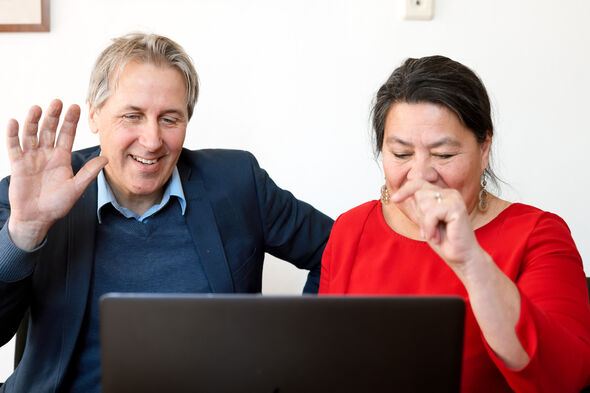

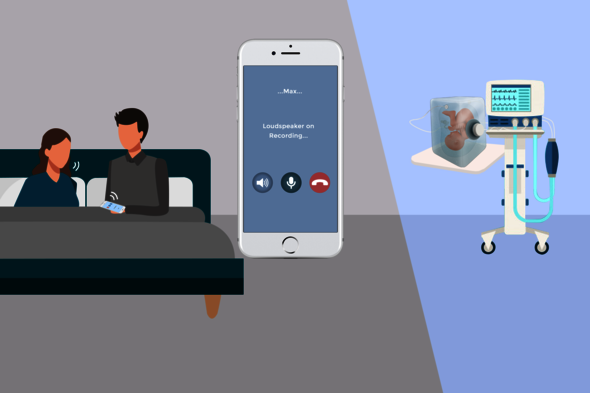
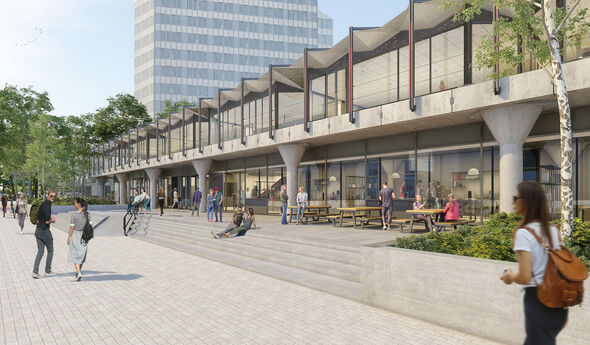
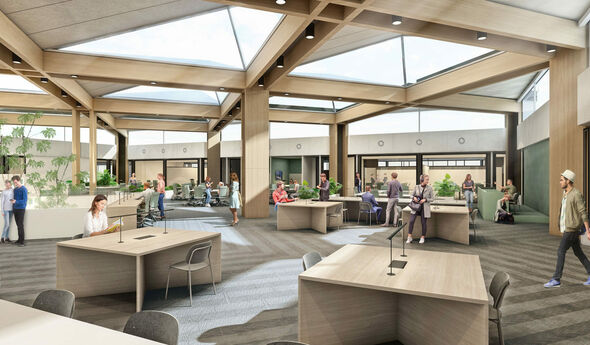
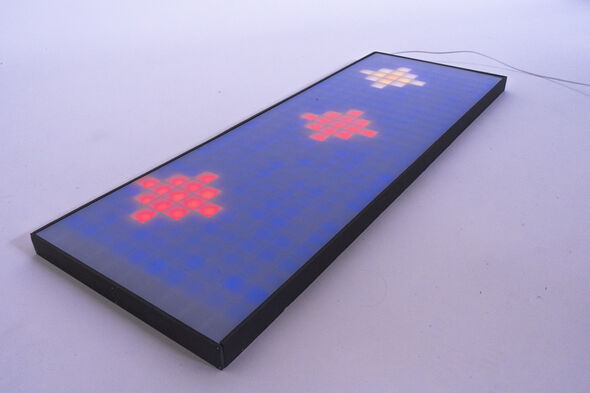
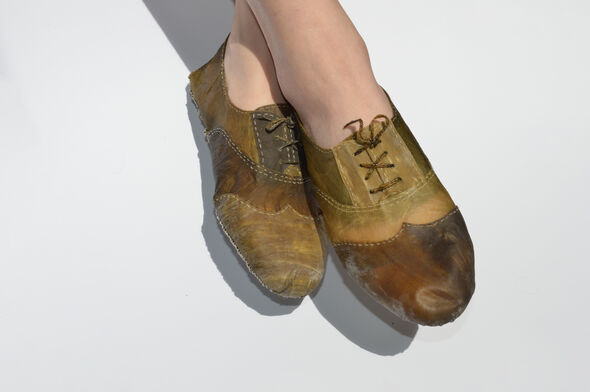
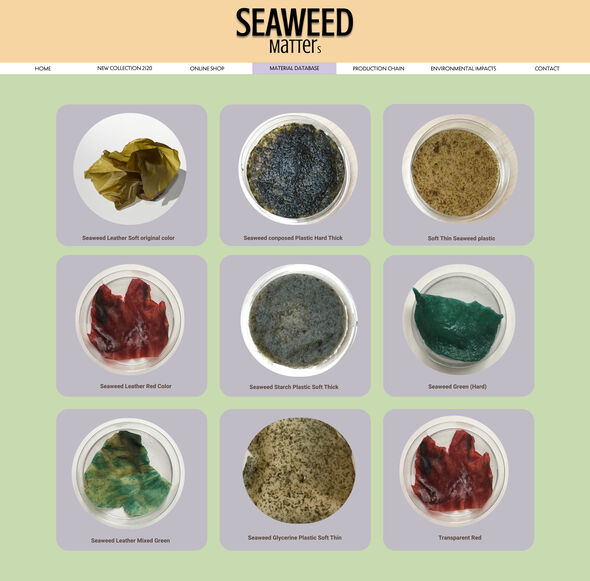
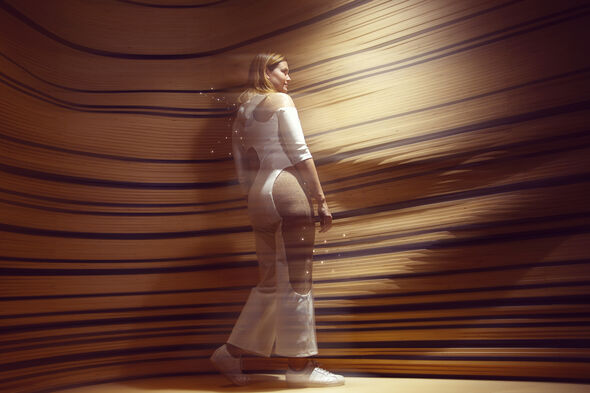
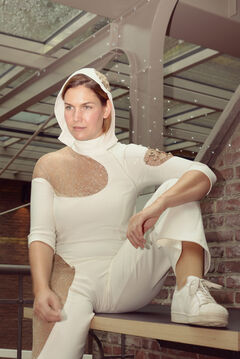
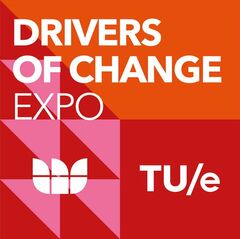
Discussion